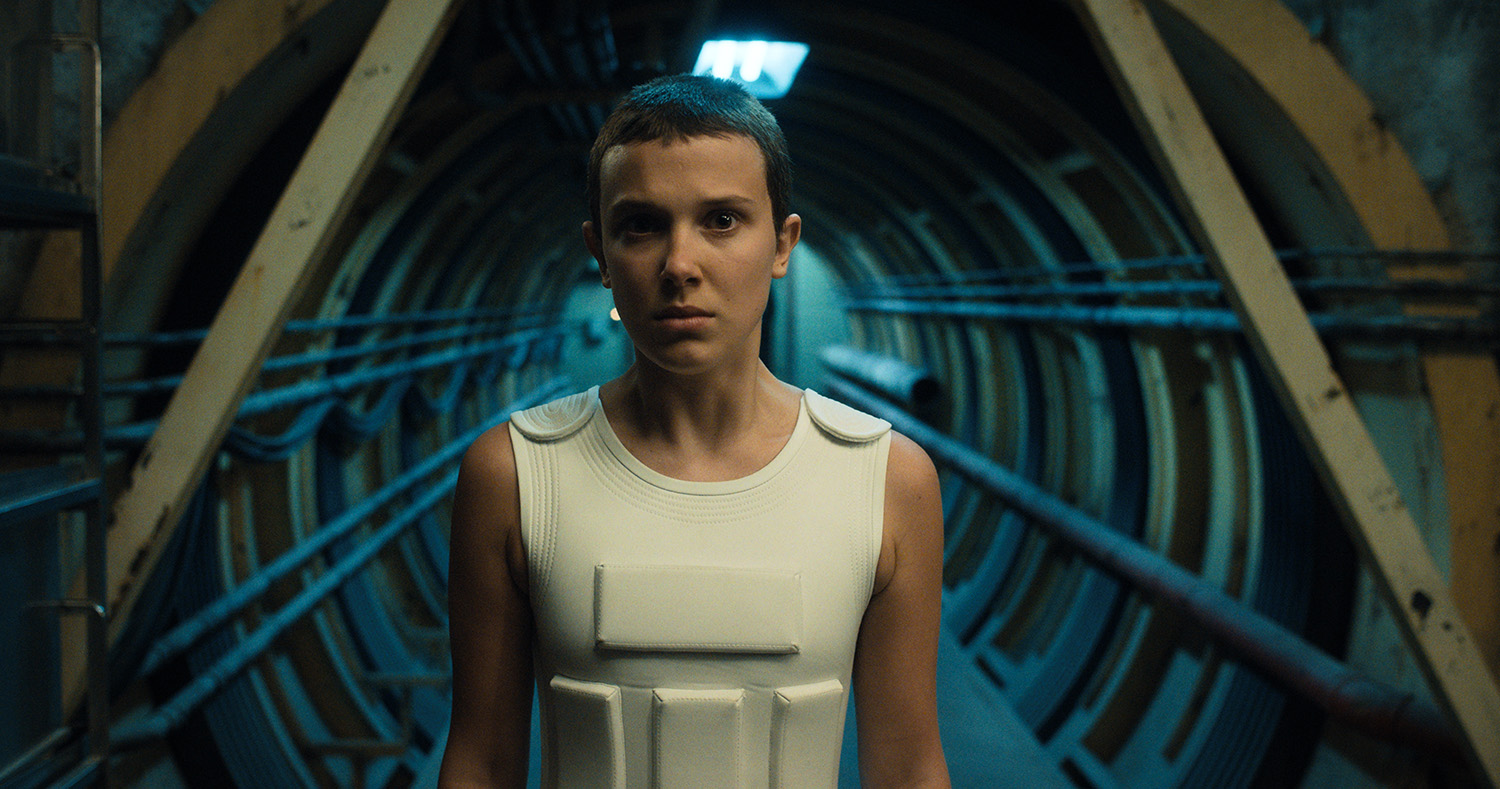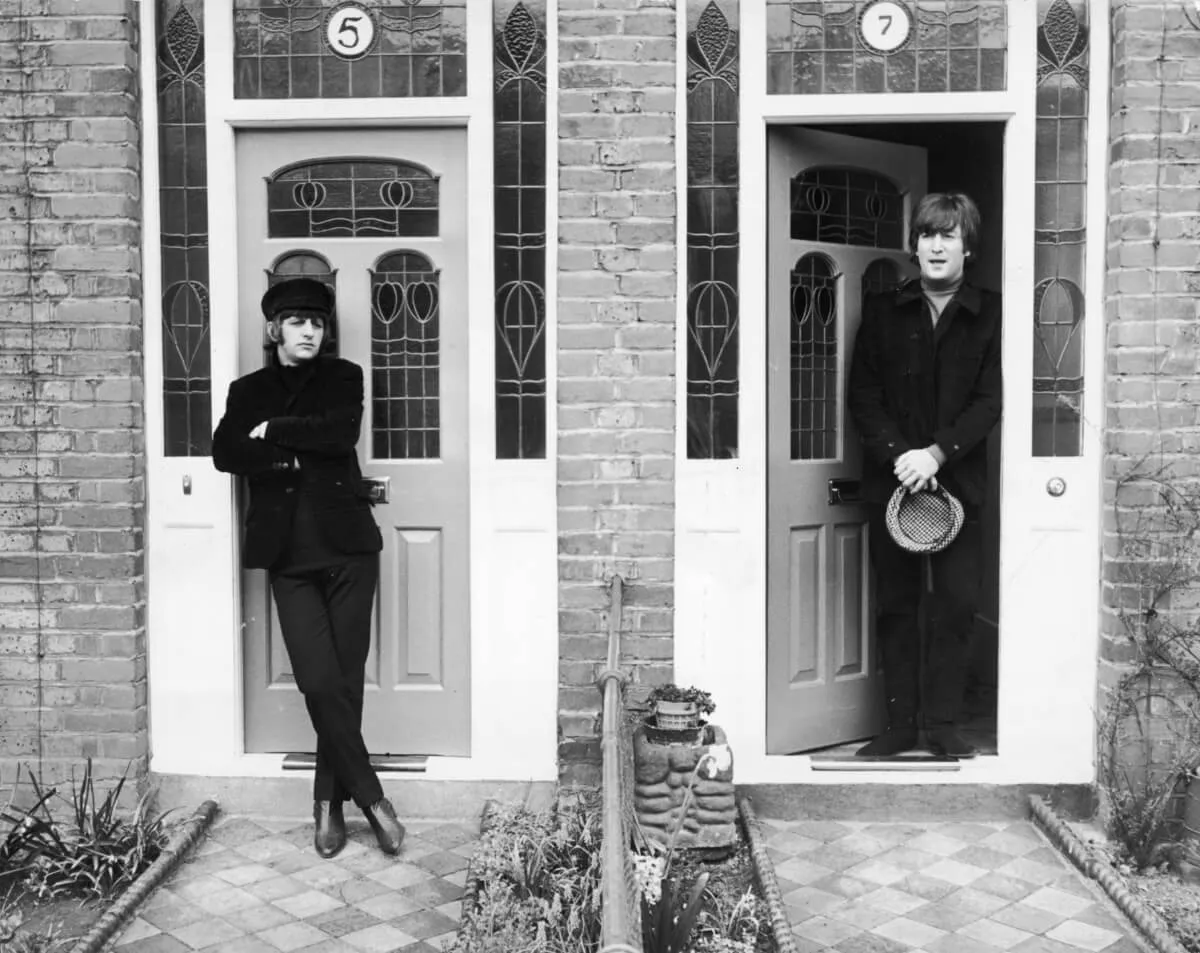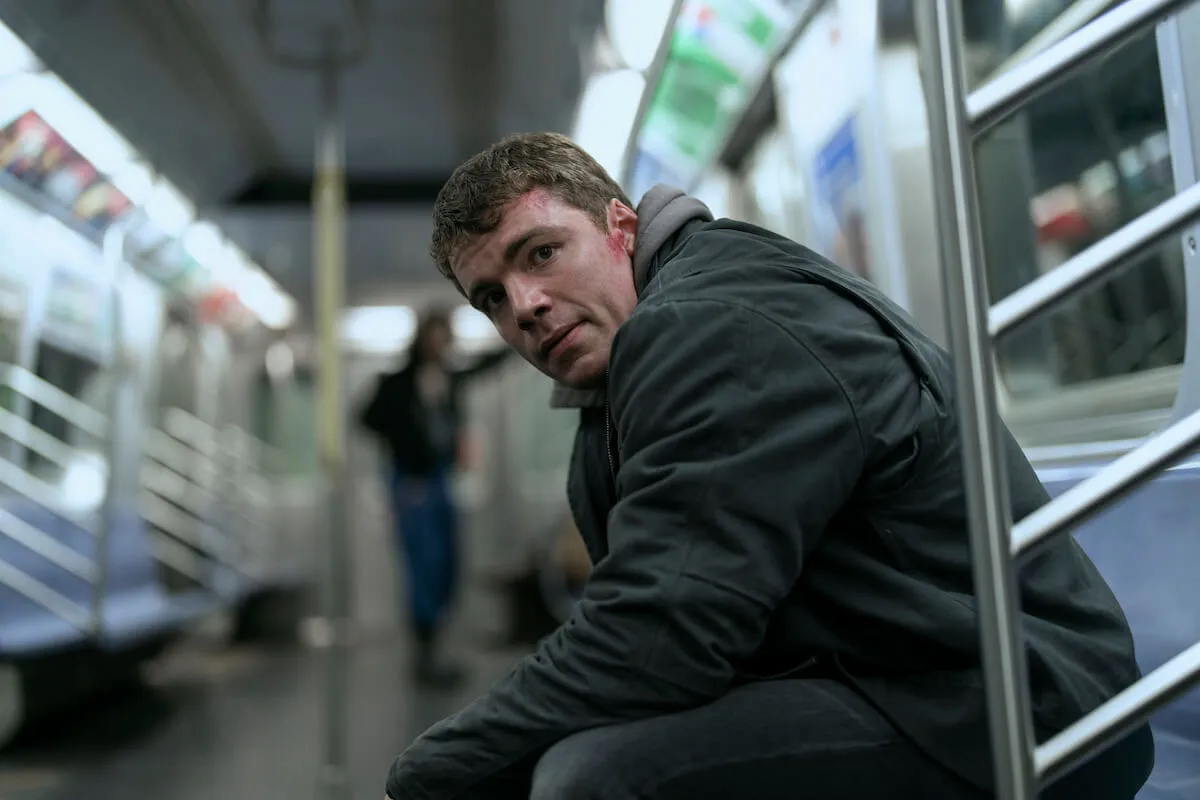‘Stranger Things 4′: Millie Bobby Brown Spent ’10 to 12 Hour’ Days in the Water Tank With Claustrophobia
Eleven spends much of her time floating in water in Stranger Things Season 4. As relaxing as that may sound, the experience wasn’t exactly pleasant for Millie Bobby Brown, the actor behind the telekinetic hero. Brown recently shared what it was really like to work inside the water tank in Stranger Things 4, revealing that she spent long days submerged in the tank while “suffering from claustrophobia.” Here’s what she said.

Eleven uses a sensory deprivation tank to explore her memories in ‘Stranger Things 4’
Stranger Things 4 sees Eleven come face-to-face once again with Dr. Martin Brenner (Matthew Modine), her “Papa” from Hawkins Lab. The scientist has set up a new secret lab in Nevada, where he and Dr. Sam Owens (Paul Reiser) continue their work on The Nina Project. As far as Eleven knows, this program was created to help her regain her powers, but Brenner is hiding its greater purpose.
In order to bring back Eleven’s abilities, the scientists use experimental drugs on her and take her into a sensory deprivation tank. As fans may recall, Eleven used a sensory deprivation tank in Stranger Things Season 1 to enter The Void, where she could see the Upside Down. This time, she’s using the water tank to revisit memories of her younger self at Hawkins Lab.
As Eleven floats inside the tank, her subconscious travels back to Hawkins Lab in 1979. Dr. Brenner and Dr. Owens believe the key to rejuvenating Eleven’s powers lies in a memory from this time.
Millie Bobby Brown detailed the ‘hard’ experience of the water tank in ‘Stranger Things’
In a recent interview with Variety, Millie Bobby Brown dished on Stranger Things 4’s water tank. She explained that the team used several pounds of salt in the tank so that Brown could float, but it wasn’t very comfortable.
“The amount of salt that they put in there in order for me to float is real. They actually do get an egg and put it in the water, and if it floats, then that’s when I can get in. I’m in there for a few days, 10 to 12 hours a day. Everyone’s moving around you, and you can’t get out,” she said. “I couldn’t hear anyone, because obviously my ears were underwater. So when I’d get notes, I was just hoping that I was doing what maybe they were saying. We had to use a microphone in order for them to actually get their note across to me.”
The fact that Brown experiences claustrophobia didn’t help the matter.
“When we closed the tank, I definitely felt like, ‘Oh my gosh, I am Eleven, I am really going through this.’ Obviously, what she has to go through, reliving those memories, was probably harder, though, than a tank,” Brown added.
What is a sensory deprivation tank used for in real life?
Brown may not have enjoyed her time in the water tank, but many people actually find sensory deprivation tanks to be relaxing. According to Healthline, these soundproof tanks use “a foot or less of salt water” to restrict a person’s stimulation.
The first sensory deprivation tank, also known as an isolation tank, was invented by a neuroscientist named John C. Lilly in 1954. Since then, they have become widely used in “float therapy.” Scientific studies have found that sensory deprivation tanks can help with stress and anxiety, insomnia, pain, and restricted muscles. They may also improve creativity and focus.
Stranger Things Season 4 Vol. 1 is now streaming on Netflix. Vol. 2 arrives on July 1.


